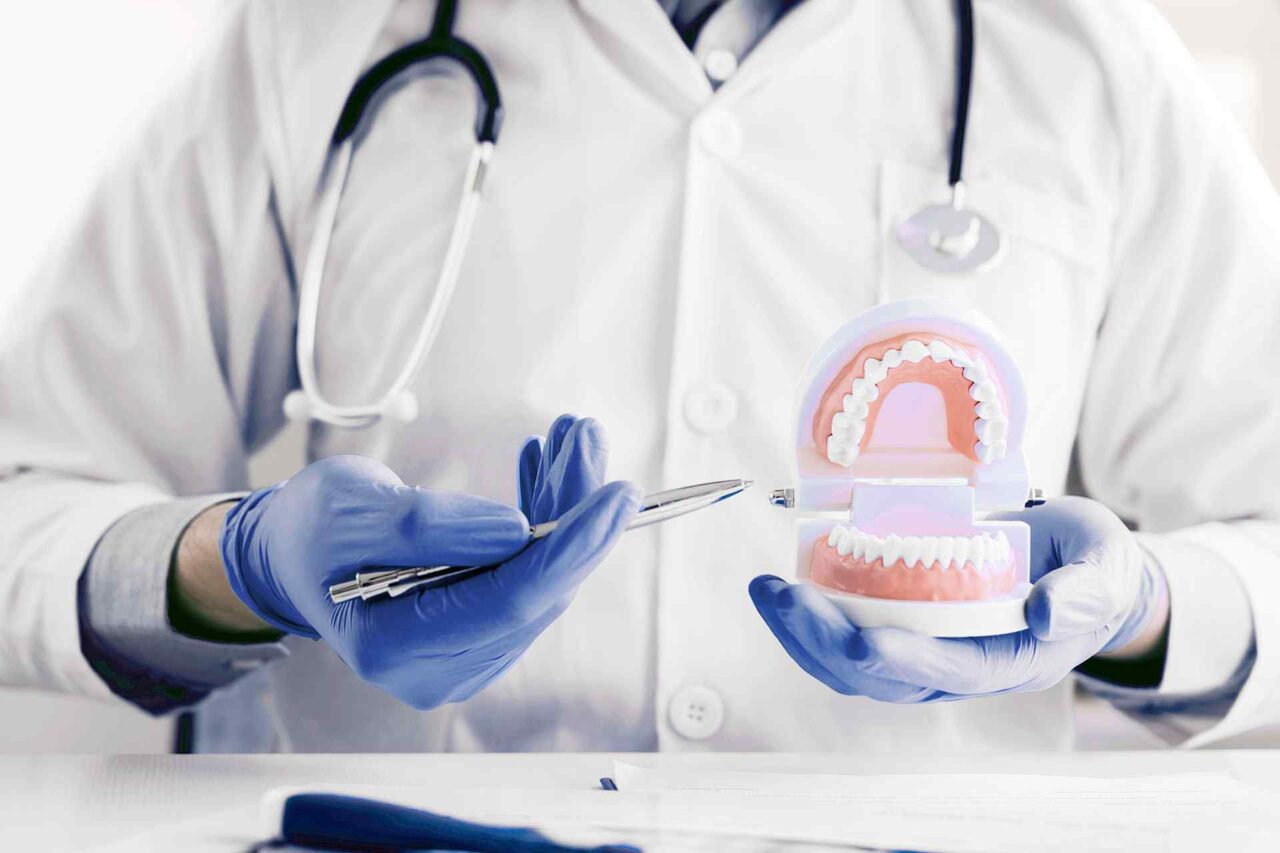Dental Esthetic Implant
Frequently Asked Questions
We have compiled the most frequently asked questions for you. When you need more information, you can fill out the forms on our site or contact our doctors.

Consult with Expert Dentists
Reach Our Specialist Dentist with the Buttons Below and Share Your Question Marks.
Before orthodontic treatment, even if it did not cause any problems, you may need to say goodbye to your wisdom teeth.
The physical condition of the 20-year-old female and the symptoms it creates are completely personal. The necessity of pulling these teeth depends entirely on the position of the tooth and the symptoms it causes.
Every 6 seconds in the world, 1 person dies due to tobacco consumption. As a result of smoking, there are problems in the sense of health, aesthetics and taste in the mouth, as well as the cause of 75% of oral cancers.
Studies have shown that bad breath is mostly (85%) caused by a problem in the mouth. A large part of this is caused by tooth and gum problems. Plaques and tartar are among the conditions that can cause bad breath. In addition, in some people, the tongue is covered with a layer for an unknown reason. It is thought that bacteria in this layer, which form especially sulfur compounds, also cause bad breath. To fix this problem, the tongue needs to be cleaned mechanically.
Untreated milk tooth caries; It causes bad odor in the mouth, difficulty in chewing, malnutrition and an aesthetically unpleasant appearance. Untreated dental disorders in this period can lead to tooth decay, disorder in jaw development and general health problems -from rheumatism to heart diseases- in the future. For this reason, caries in milk teeth must be treated without making the mistake of “new ones will replace them anyway”.
There is no timing for it. During the period between examinations and controls, the aim is to keep the teeth and oral tissues clean. Physician control every 6 months would be a more appropriate recommendation.
Originally, this issue divided the physician community into two. In addition to physicians who do not believe in its benefits, there are colleagues who have proven that the studies yield results. As Medicodent physicians, we all agree that teeth whitening will be successful if all of the appropriate technique, appropriate equipment and appropriate notion guidance and appropriate case selection criteria are combined at the same time. Because if the definition of health is made as a state of complete physiological, biological and spiritual well-being, a person who is not satisfied with the color of his teeth and sees it as a problem is considered unhealthy. For the individual who fits this definition, teeth whitening will be a form of treatment. Just to admit, the main problem of the patients who come to our clinic with the expectation of teeth whitening is the teeth that look dirty with coloring agents, and the treatment of this is scaling and polishing, which is a professional but quite routine procedure. And experience shows that for many individuals this procedure is the most appropriate treatment. However, the method we call vital bleaching can be applied to people who still want their teeth to look whiter. Only patient expectations should not exceed the limits of reality. Utopian expectations cannot be met in teeth whitening and dissatisfaction arises. In addition to this, if we give an example; It is necessary to take the risk of minimal damage as much as the damage we have seen from tea or the radiation we receive while watching TV, and despite everything, teeth whitening can be done in the presence of suitable conditions. And getting successful results is never difficult.
The first and most important symptom of gingival diseases is gingival bleeding. It manifests itself more with color, deformities and bad breath in the gums. Healthy gingiva is pale pink in color. It is firmly adhered to the tooth and bone, and has a shiny – grainy appearance similar to an orange peel. The main cause of gum disease is a sticky transparent layer that is firmly attached to the tooth called bacterial plaque. You can notice plaque by scraping your teeth with your fingernail. If the bacterial plaque is not removed, it hardens and deposits called tartar or tartar form. Toxins (harmful substances) produced by the bacteria in the plaque damage the gums. Toxins wash the supporting tissues around the gums, move away from the teeth, and more bacterial plaque accumulates in the formed periodontal pockets. As periodontal disease develops, the pockets become deeper. The bacterial plaque adheres to the exposed root surfaces of the teeth. The bony support of the teeth is lost and untreated teeth begin to wobble and eventually have to be pulled out.

